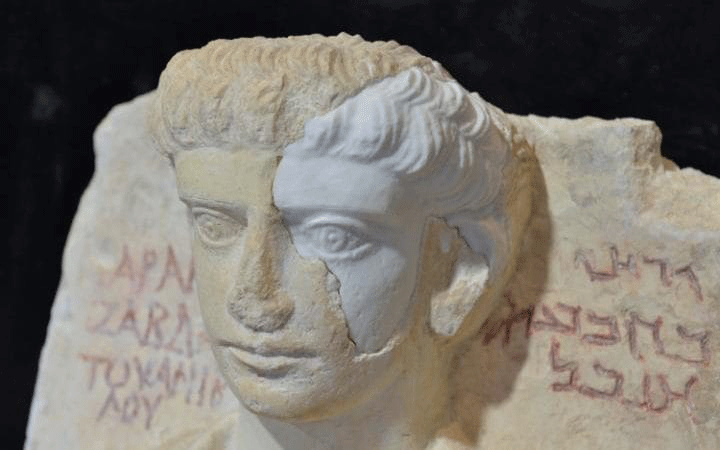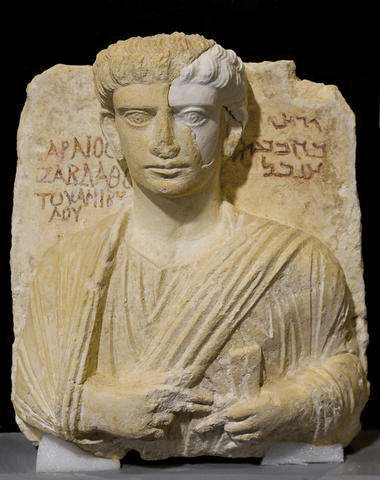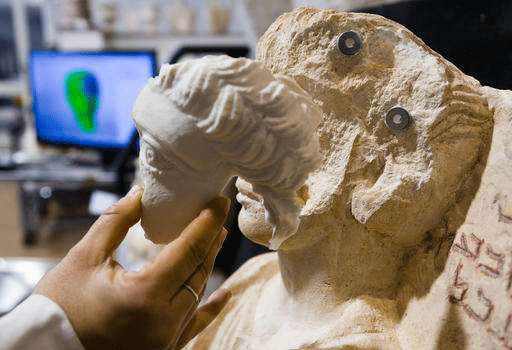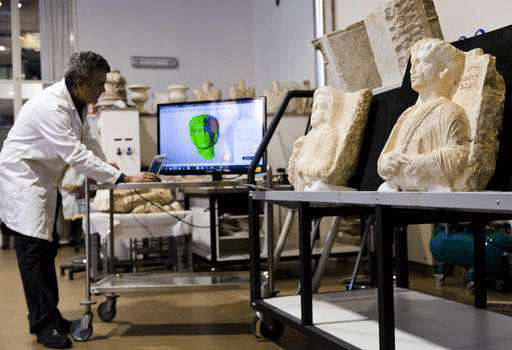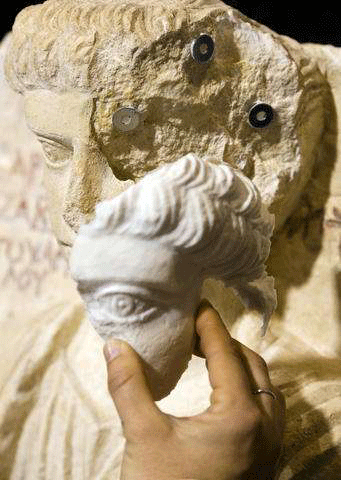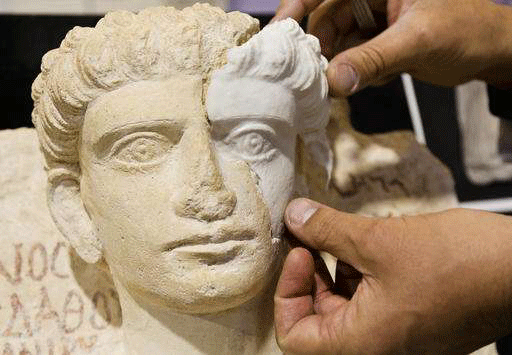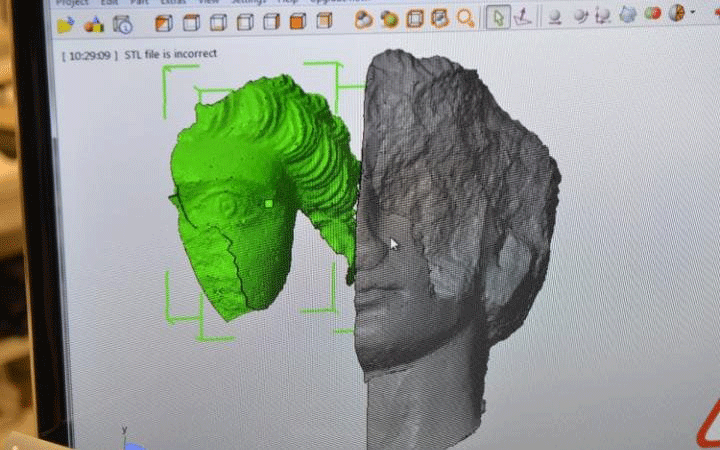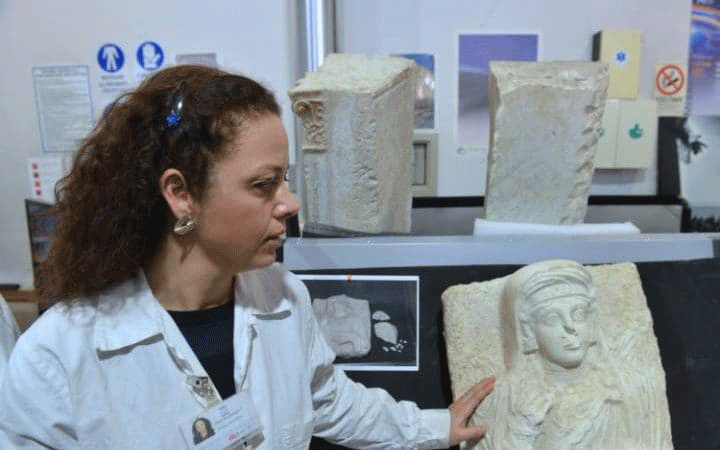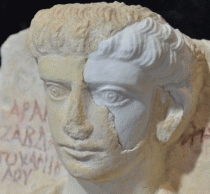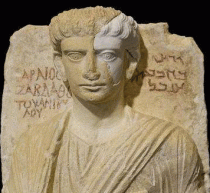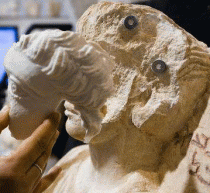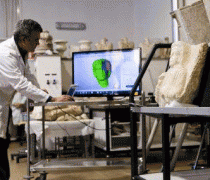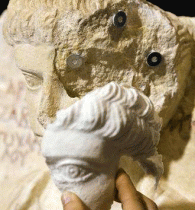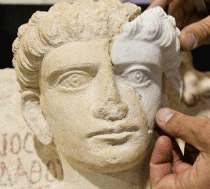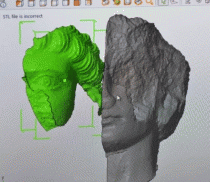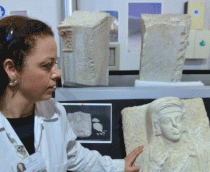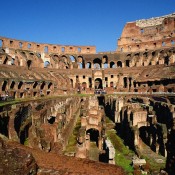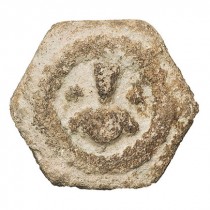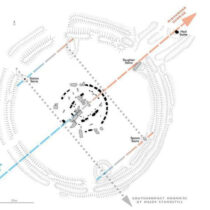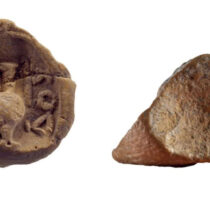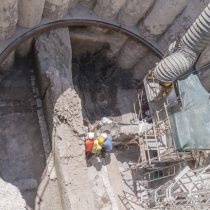Two funerary busts from Palmyra, partly destroyed by IS, have been restored in Italy and will return to Syria by the end of the month. The restoration was exhibited during a press conference in Rome on 16 February 2017.
The busts are rare examples of funerary sculptures and were retrieved by Syrian soldiers when they had retaken Palmyra some months ago. They represent a man and a woman and date to the 2nd and 3rd centuries. They had suffered severe blows, probably by hammers, and were taken out of the country, to Lebanon and then transferred to Rome for restoration.
The restoration was part of a project by an association called Incontro di Civilta (Meeting of Civilisations).
The restoration of the artefacts was made possible thanks to modern technology, recreating the missing portion of the bust with the use of a synthetic nylon powder and a 3D printer. The piece was attached to the bust with the use of powerful magnets, a non intrusive method which allows for the removal of the added part with no harm on the artefact. The resin prosthetics were covered with a thin layer of stone dust to match the rest of the artefact. It is the first time such a technique is used in restoration.
A team of five specialists worked on the project for a month, restoring mostly the faces on the sculpture.
Specialists and conservationists on the project say the restoration is also a tribute to the late head of antiquities Khaled al-Assad, who had managed to hide hundreds of artefacts before being murdered by IS fighters in 2015.
They were shown at the Superior Institute for Conservation and Restoration in Italy and will be returned to a museum in Damascus by the end of the month.
